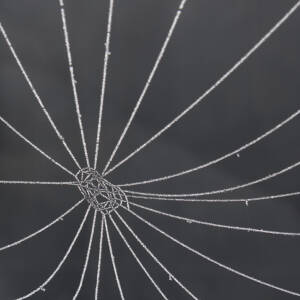Perspectives
(I have put temporary links to the Simón Bolívar Orchestra concerts here - I can't find anything that will last more than a few days.)
Two thought-streams have collided today. First, as I pick over the current disruption in my life, I am thinking about cultural differences between people, rooted in gender, race, class, religion, worldview...
Second, I have been thinking about this week's word, knick-knack: 'a small, trifling ornamental or would-be ornamental article', ' a cheap, worthless or trivial ornament'. I don't like 'knick-knacks' and I don't like the word: it's judgemental and belittling. A knick-knack belongs in the bin. Why would anyone keep such a thing?
Well, obviously, because it's not worthless or trivial to them. There is a different way of seeing the object, which the judge is failing to understand.
This 'knick-knack' has lived on our mantelpiece for years. Is it an ornament? A trifle? What possesses me to keep this rough lump of earth, with crude eyes and mouth and tatty feathers and bone stuck into it? It is neither beautiful nor decorative.
It was given to us by our friend Mama (the name is a form of Mohammed) whom we met when we lived in Cameroon. It is an object with power - a 'fetish' in the anthropological but not the everyday sense - able to protect our house and family from harm. If we are particularly worried we can put this little being just inside the front door, where they will deter intruders. But it is fine (mercifully) just to leave them on the mantelpiece gathering dust. If we want to make them happy, so more powerful, we can put a lit cigarette in their mouth. They like to be given the occasional piece of food, but can manage without.
When I first went to live far from my own culture in Cameroon I was frequently bewildered by why things were done as they were, by people's priorities, by the different sense of time, by who deferred to whom and much else. It was like putting on vastly different new glasses - everything was sort of familiar, but out of place, distorted, unreliable.
I started to read West African literature and slowly, slowly, was given an insight into a different way of seeing the world. Gradually my brain started to adjust to my new glasses, and the things that happened became easier to place. When I realised that the river had taken the child, rather than that the child had drowned, I started to understand why people were saying what they did. The grief was just the same but the meaning was different. When Lake Nyos exploded, killing the 1,700 inhabitants of the nearby village and all their livestock, a colleague was dismissive when I talked about the cause being the build-up of carbon dioxide under the water. No, he said, the cause was the ancestors being angry. The erupting carbon dioxide was just how they showed it.
It was unusual to be told this sort of thing - almost everyone I met in Cameroon had learnt Northern worldviews as well as their own and used their Northern understanding to communicate with people like me. What this means is that it's easy for the dominant to have a very narrow view of the world, and not to realise it. As an English speaker I don't need to speak other people's languages. As part of the middle class I don't have to deal with the poverty of exclusion. As a white person I can survive without learning how to duck and weave in other cultures. As a scientific rationalist I can call this a 'knick-knack'.
I don't want to generalise. Of course some Cameroonians would put this 'knick-knack' in the bin, just as some Northerners believe in a 'fate' that is barely different from the belief that ancestors intervene. All I want to say, in rejecting this arrogant word, is that making ourselves blind to other perspectives stops us understanding and communicating. Daft. And sometimes dangerous.
I don't usually like taking pictures like this - of objects created by someone else - and I've never been able to explain why. Yesterday Kendall explained it very simply, as is her gift, in a comment on seniormoments' picture. 'My question is always, "What have I added to the original artist?"' So a good picture needs to be 'a collaboration between [the photographer] and the original artist'.
It's so obvious put like that! Thank you, Kendall. Nonetheless - great timing - I've chosen a picture today that adds nothing to the original artist. But of an object that deserves to be seen and not knick-knacked.

Comments
Sign in or get an account to comment.


